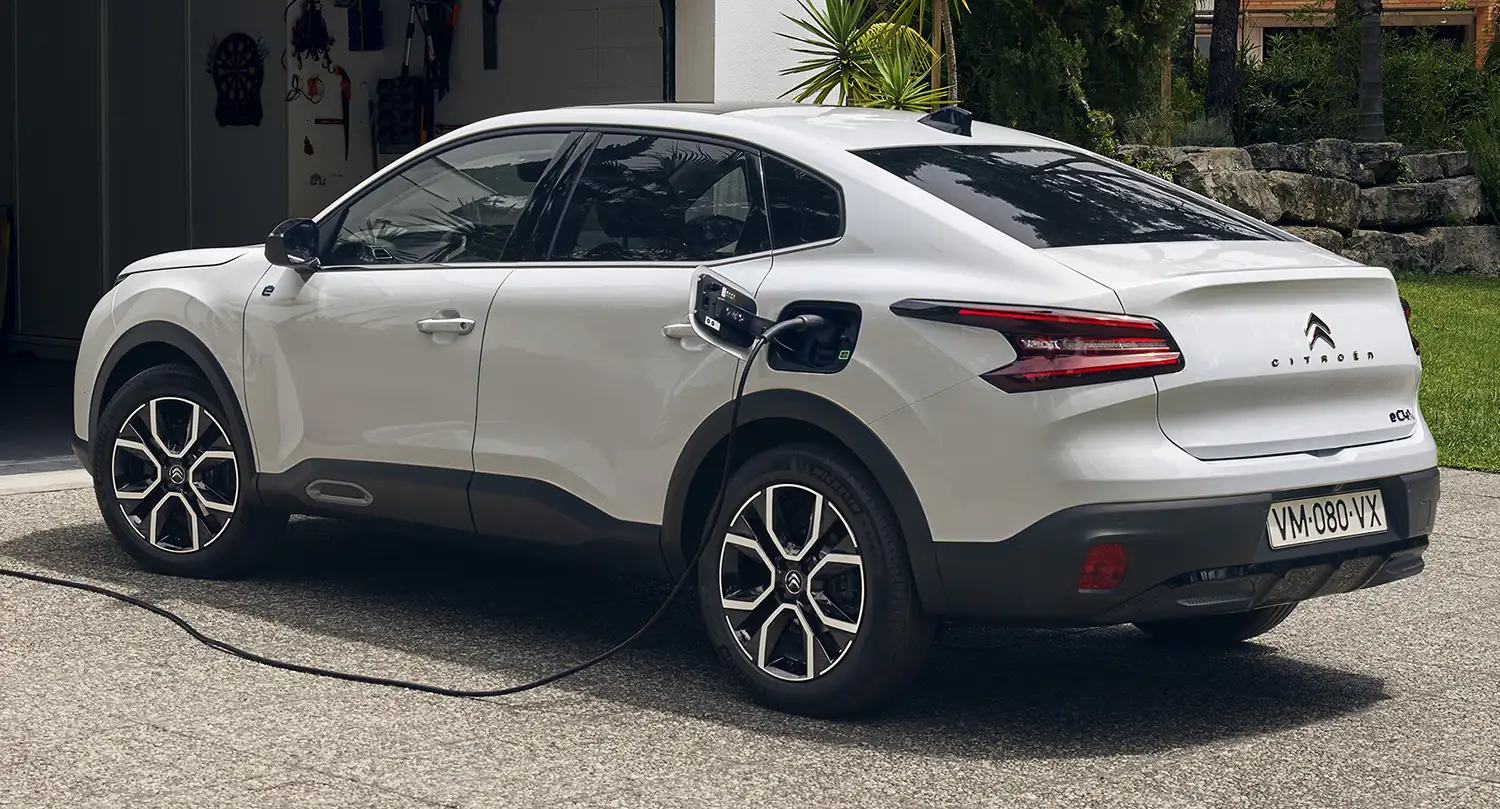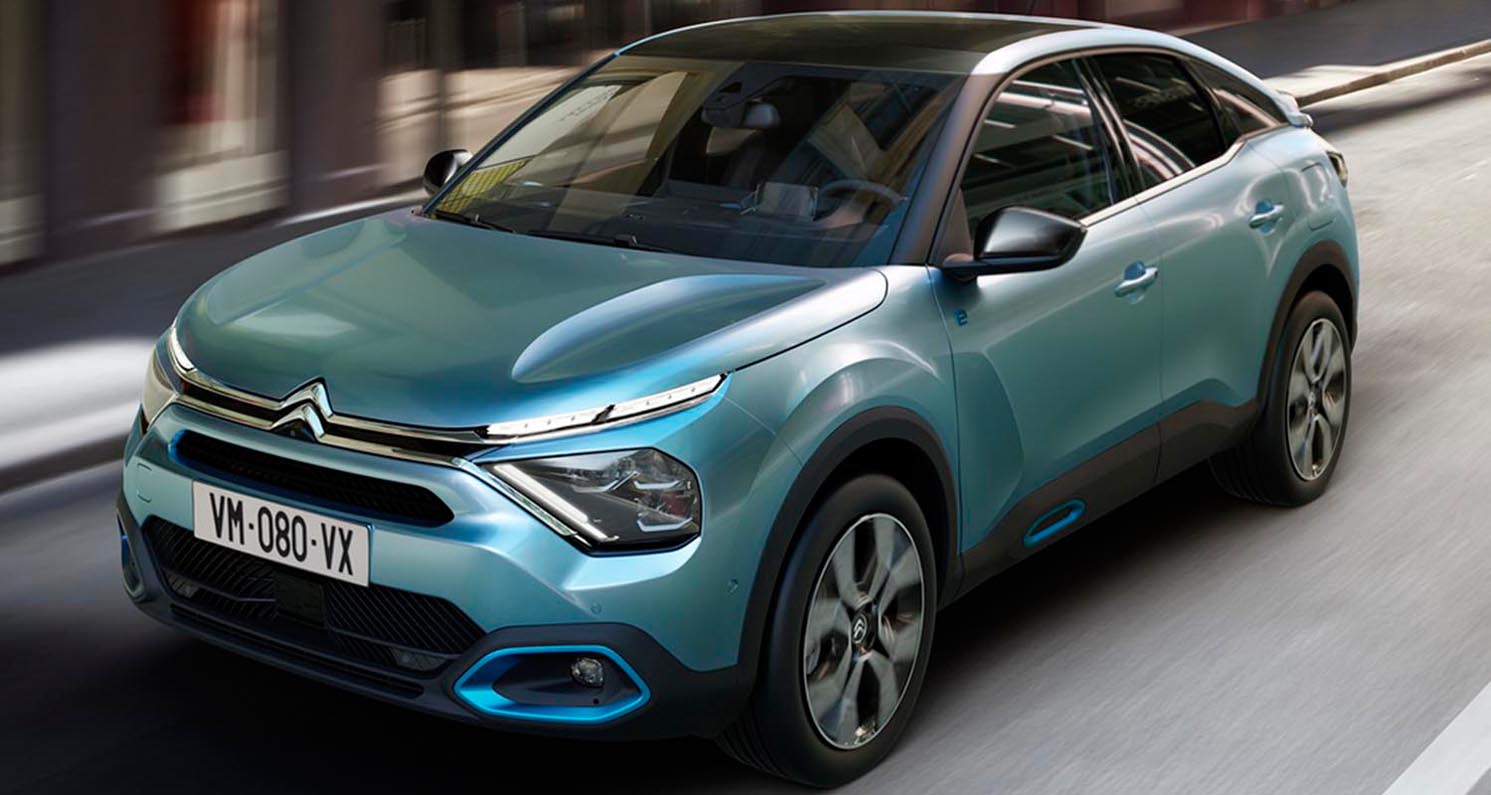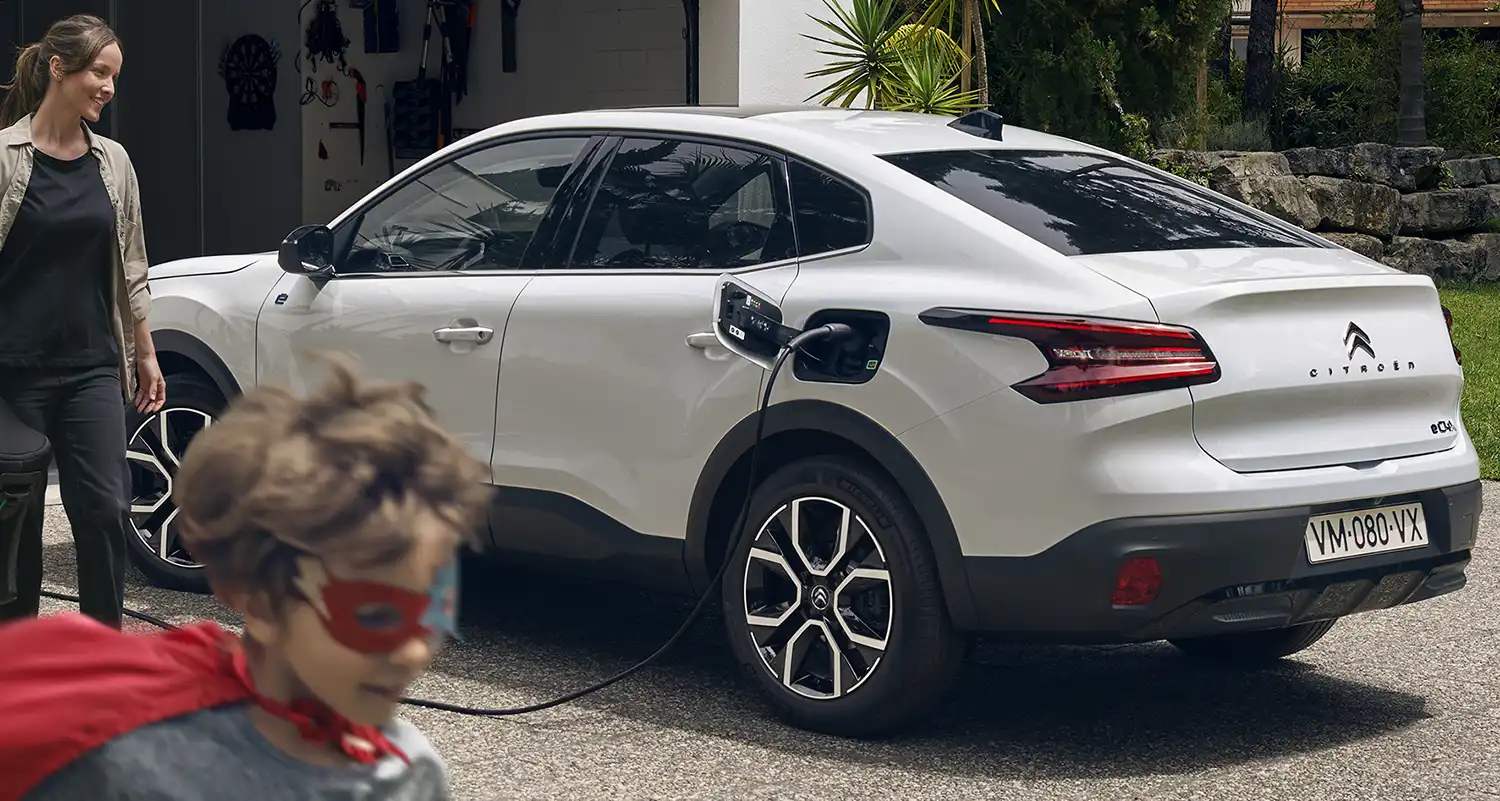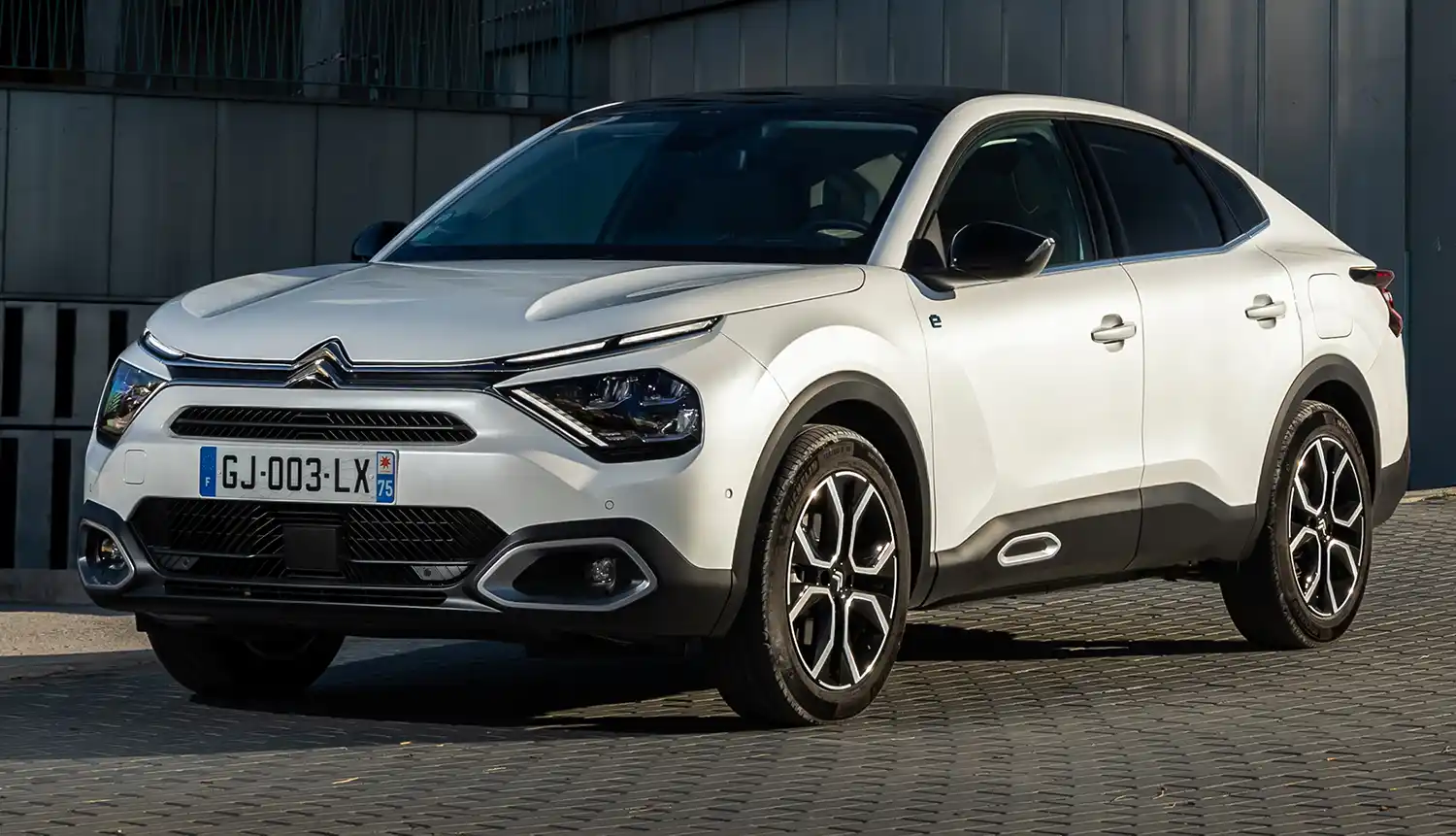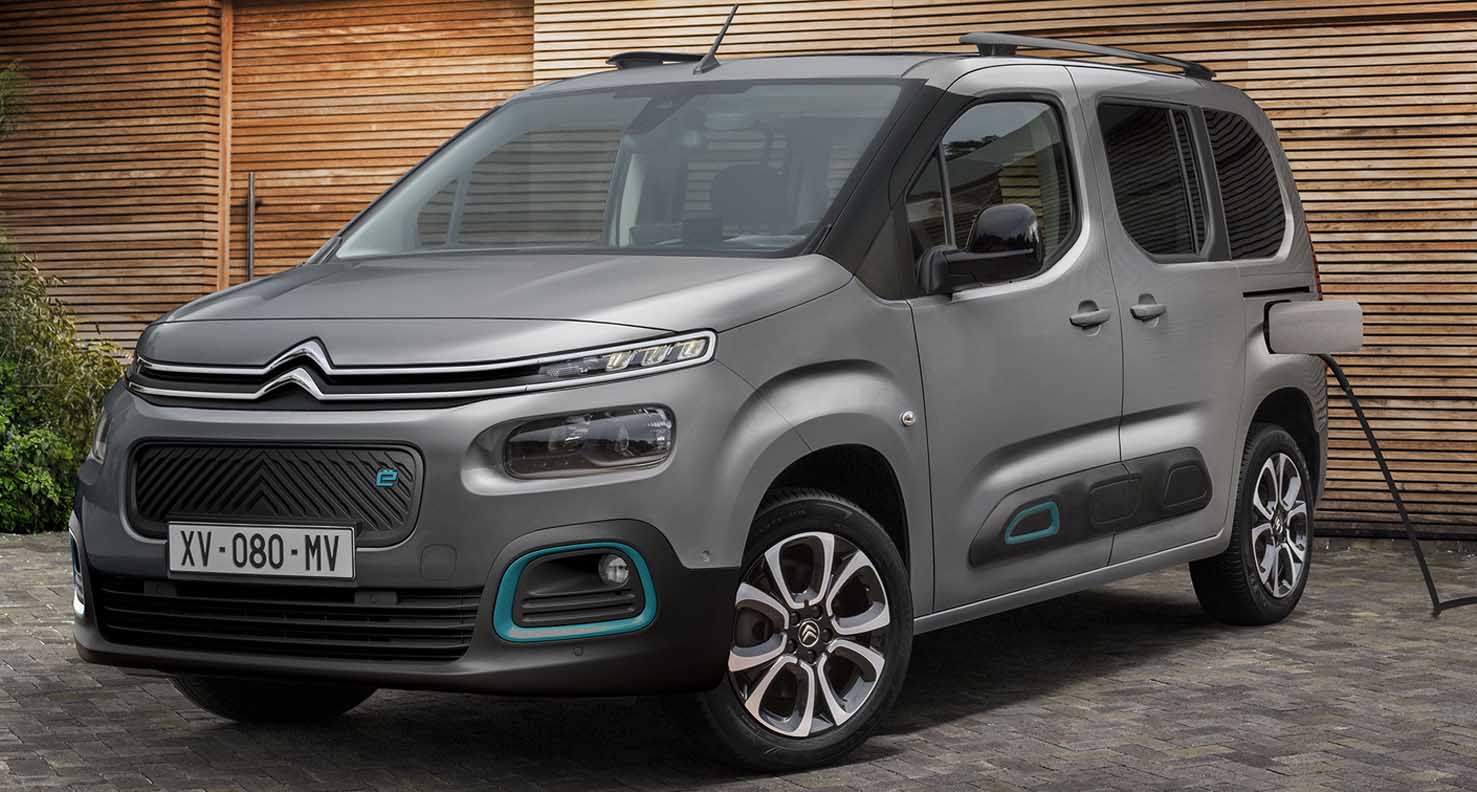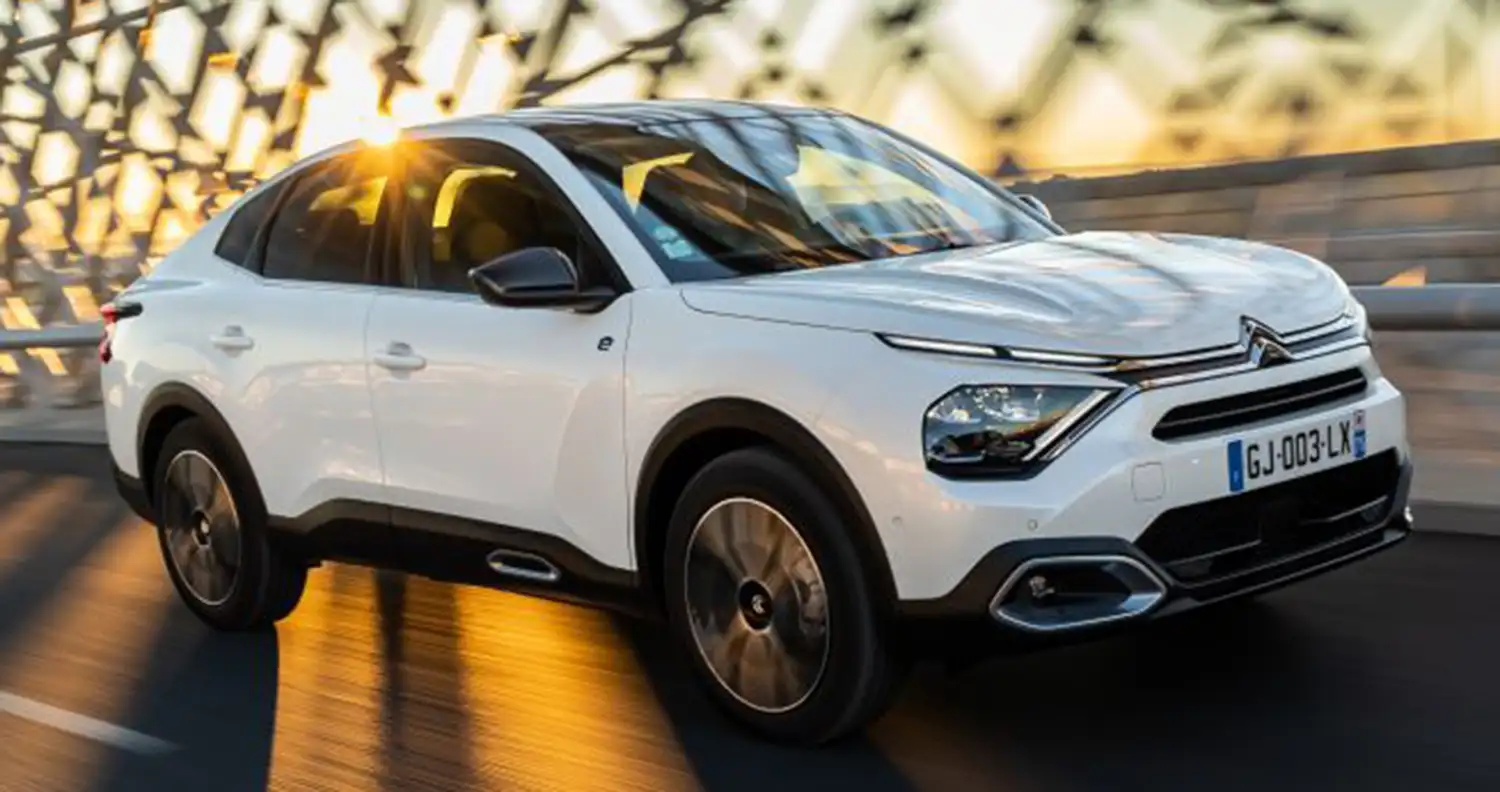
The ability to undertake long journeys with peace of mind is one of the main barriers to the adoption of electric models. In response to this, it has led many manufacturers to offer models boasting significant range but with heavier, more expensive, and more power-consuming batteries. Citroën, however, has chosen a different path, opting for reasonably sized, compact, lightweight, and affordable batteries. This choice proves to be advantageous for daily commutes, where a heavy battery is a disadvantage. Coupled with a fast-charging capacity of 100 kW and an efficient motor, it enables a serene approach to long journeys.
To illustrate this, Citroën collaborated with UTAC, a leading group in the field of automotive tests, validations, and certifications, globally recognized. The question posed to them was simple: how much time does it take to cover 1,000 km with an electric vehicle, specifically the ë-C4X? This is the question a customer faces when confronted with specifications such as battery size, certified range, weight, charging speed, etc., without fully understanding how it translates into real-world usage. To provide reference points, UTAC was tasked with conducting the test under strictly similar conditions with vehicles from the competitive field of ë-C4 and ë-C4X: Renault Mégane e-Tech, Volkswagen ID 3, and MG 4.
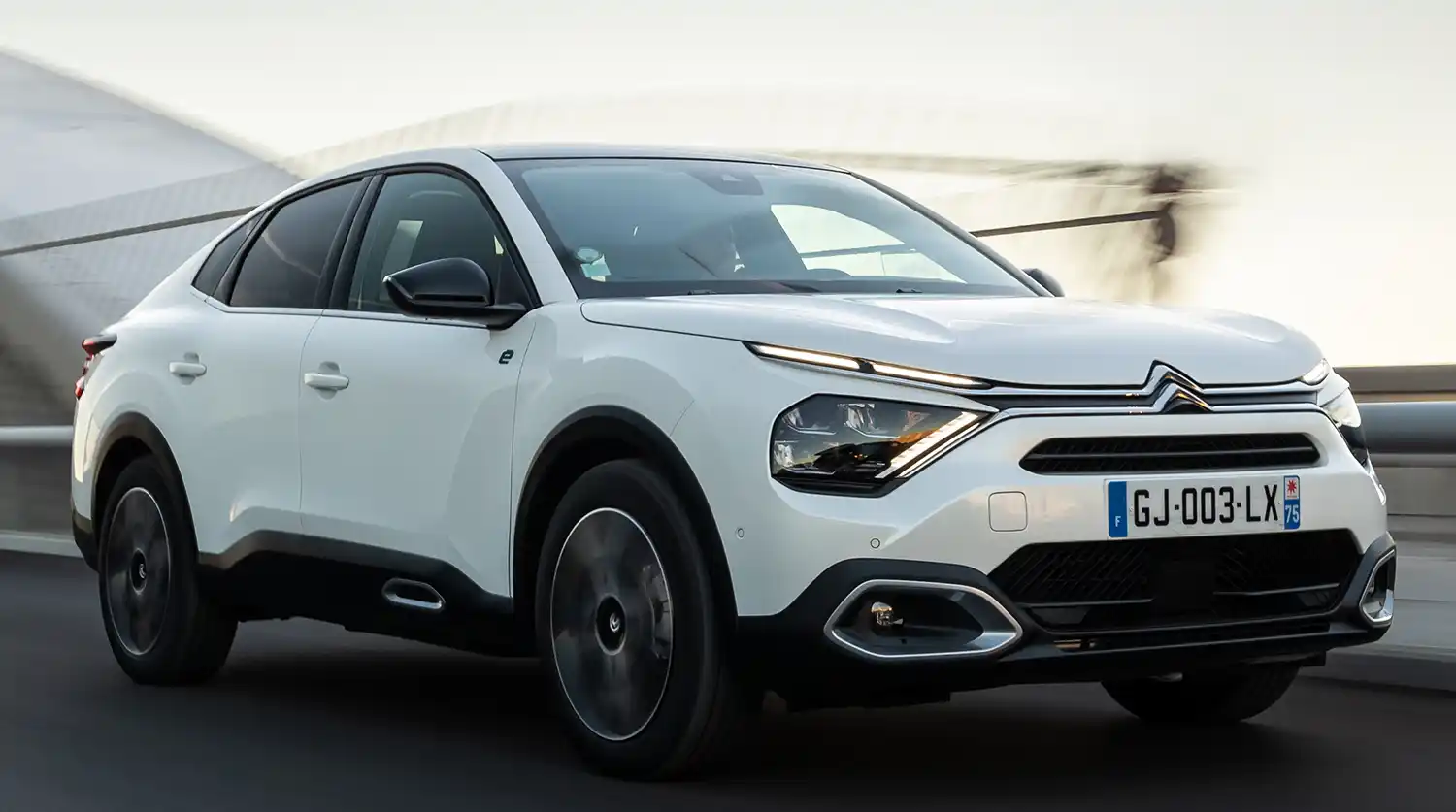
The Citroën ë-C4 X emerged as the fastest in completing the 1,000 km, with a total time, including recharging, of 11 hours and 57 minutes. The competitors took between 14 and 67 minutes longer to cover the same distance. The results, as indicated by UTAC’s measurements, are explained by lower energy consumption and optimized charging times, validating the technical choices made for ë-C4 X and, by extension, ë-C4.
In addition to efficient products, Citroën offers the e-ROUTES application, which makes every long electric journey even more convenient. Directly connected to the vehicle’s data, driving conditions, and the status of charging stations, this personal assistant optimizes the customer’s route in real-time. This combination of a high-performance product and an intelligent application is particularly well-suited for the rapid development of the charging network..
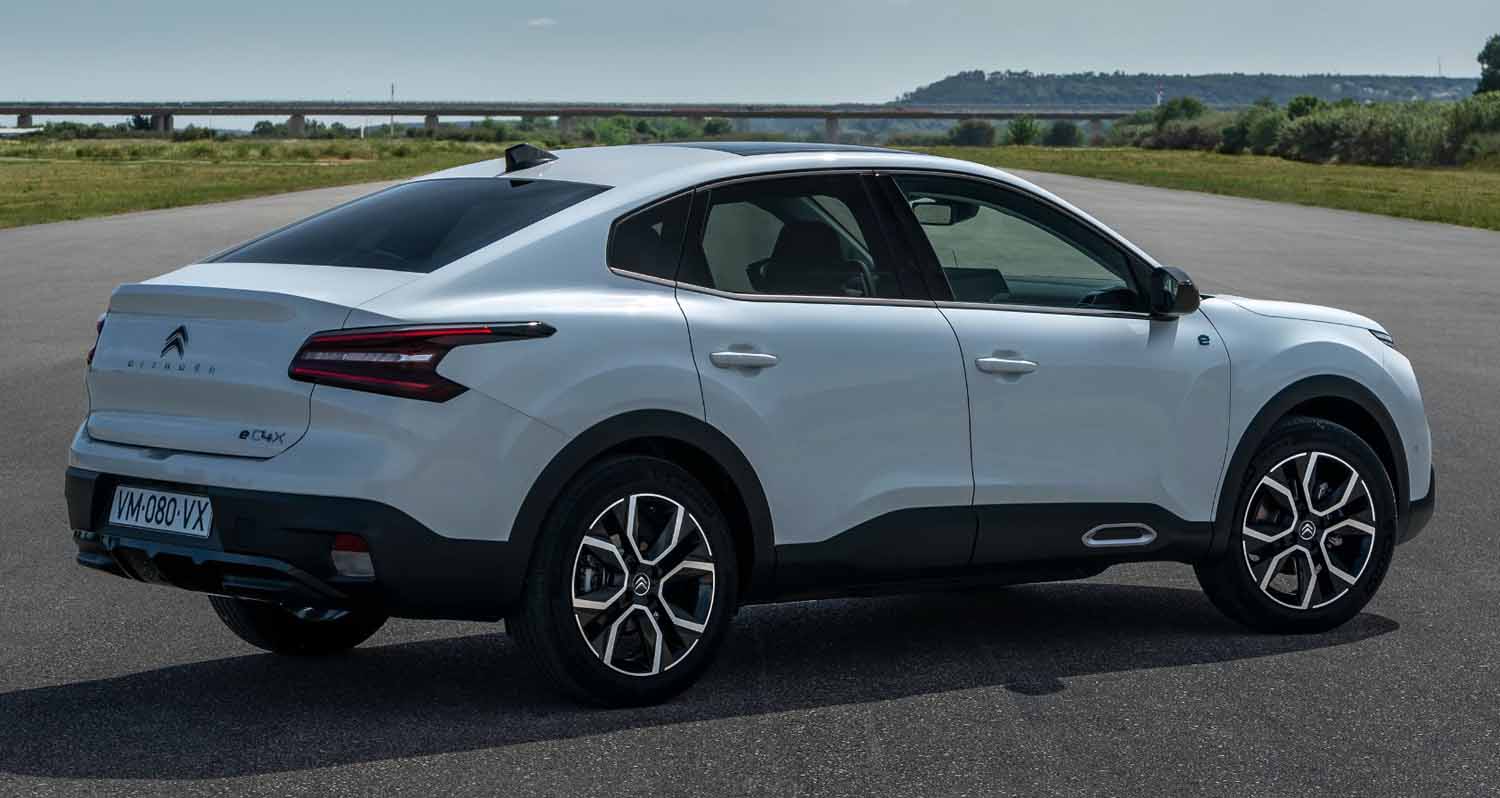
“The test conducted by UTAC validates Citroën’s strategic choices: a reasonably sized battery that, while ensuring a range of over 400 km, reduces costs, consumption, and enables long-distance travel without concern, thanks to the efficiency of fast charging. Driving the ë-C4 on a daily basis, I confirm this efficiency in real-life conditions during my travels.” T Koskas, Citroën CEO
PROTOCOLE
The four models that were tested by UTAC on the Mortefontaine circuit are as follows:
| Model | Citroën ë-C4 X | MG 4 | Renault Mégane | Volkswagen ID 3 |
| Battery (capacity) | 54 kWh | 64 kWh | 60 kWh | 58 kWh |
| Range WLTP (mixt cycle) | 420 km | 435 km | 450 km | 425 km |
| Weight | 1 603 kg | 1 694 kg | 1 670 kg | 1 790 kg |
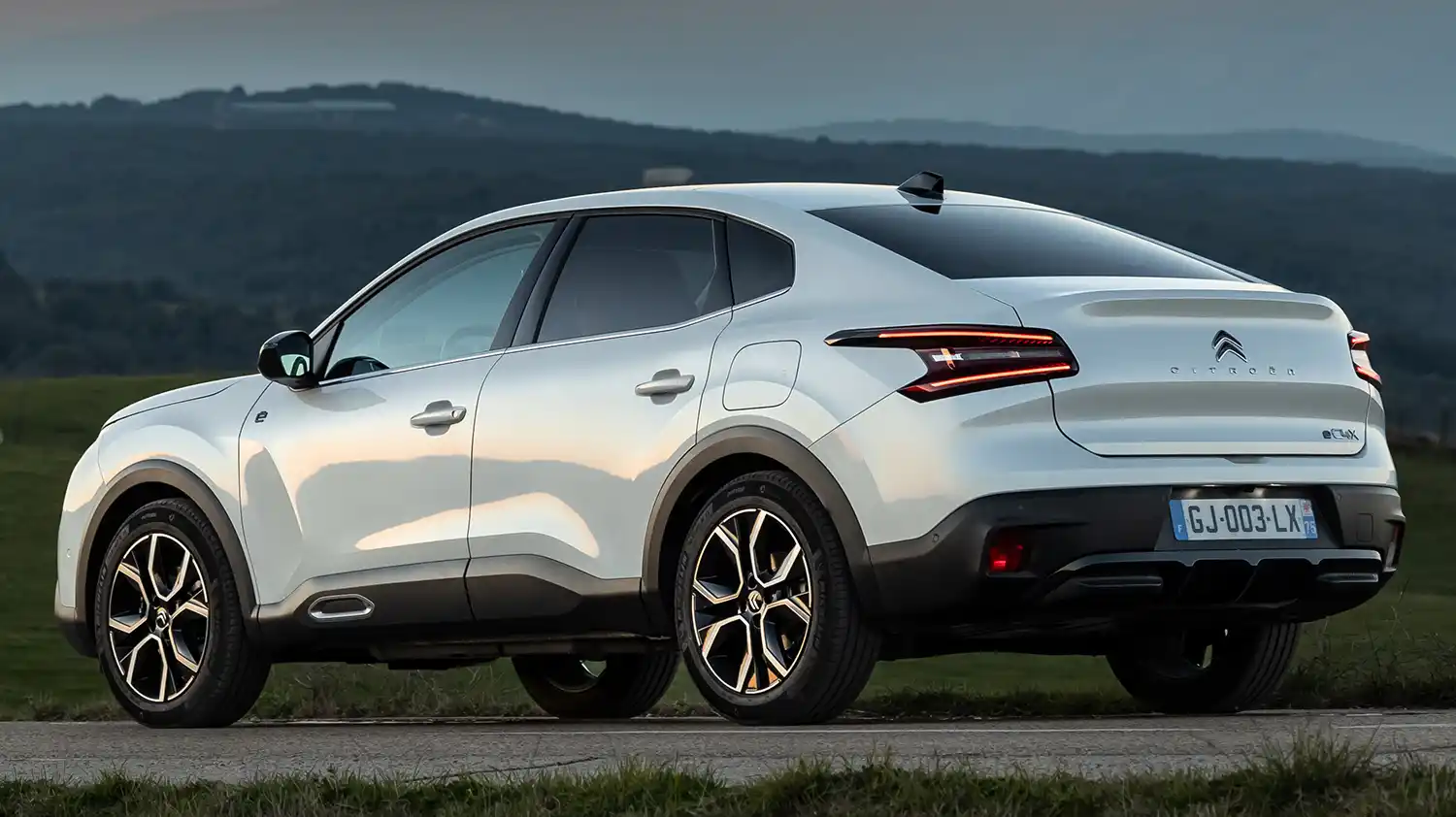
These models were tested over two days, under identical weather conditions, following the same protocol:
- Driving at a stabilized speed of 120 km/h on the high-speed ring of the Mortefontaine circuit.
- At the beginning of the test, the vehicle is charged to 100% State of Charge (SOC) battery.
- Driving is stopped when the battery reaches 10% charge level.
- The vehicle is then recharged up to 80%. Recharges were alternated between a 100 kW charging station and a 50 kW charging station, in accordance with the site’s capacity.
- This sequence of driving and recharging is repeated until reaching the total distance of 1000 km.
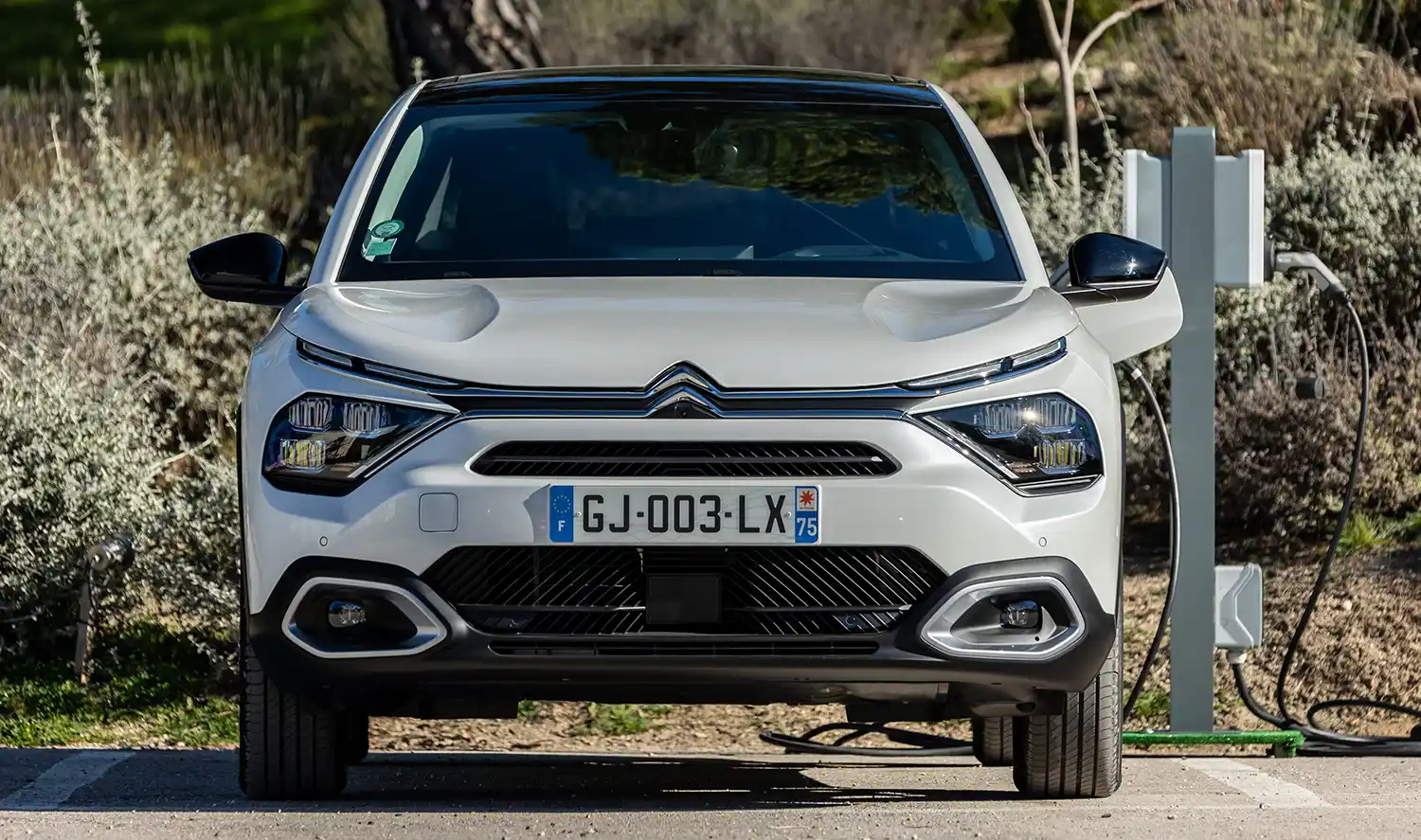
RESULTS
Every 100 kilometers, the drivers recorded the average consumption (kWh/100km):
| Citroën ë-C4 X | Concurrent 1 | Concurrent 2 | Concurrent 3 | |
| 100 | 19.6 | 20.2 | 21.1 | 23.3 |
| 200 | 19.4 | 20.2 | 20.6 | 23.1 |
| 300 | 19.4 | 20.3 | 20.7 | 23.0 |
| 400 | 19.4 | 20.4 | 20.7 | 23.0 |
| 500 | 19.5 | 20.6 | 20.9 | 23.1 |
| 600 | 19.6 | 21.0 | 21.0 | 23.1 |
| 700 | 19.8 | 21.3 | 21.0 | 23.2 |
| 800 | 20.0 | 21.6 | 21.3 | 23.3 |
| 900 | 20.1 | 21.8 | 21.5 | 23.3 |
| 1000 | 20.2 | 21.9 | 21.6 | 23.4 |
Note: Consumption rates degrade with decreasing temperatures towards the end of the day.
In total, the drivers had to make 5 stops to recharge the batteries, alternating between the 50 kW and 100 kW charging stations, explaining the different charging times.
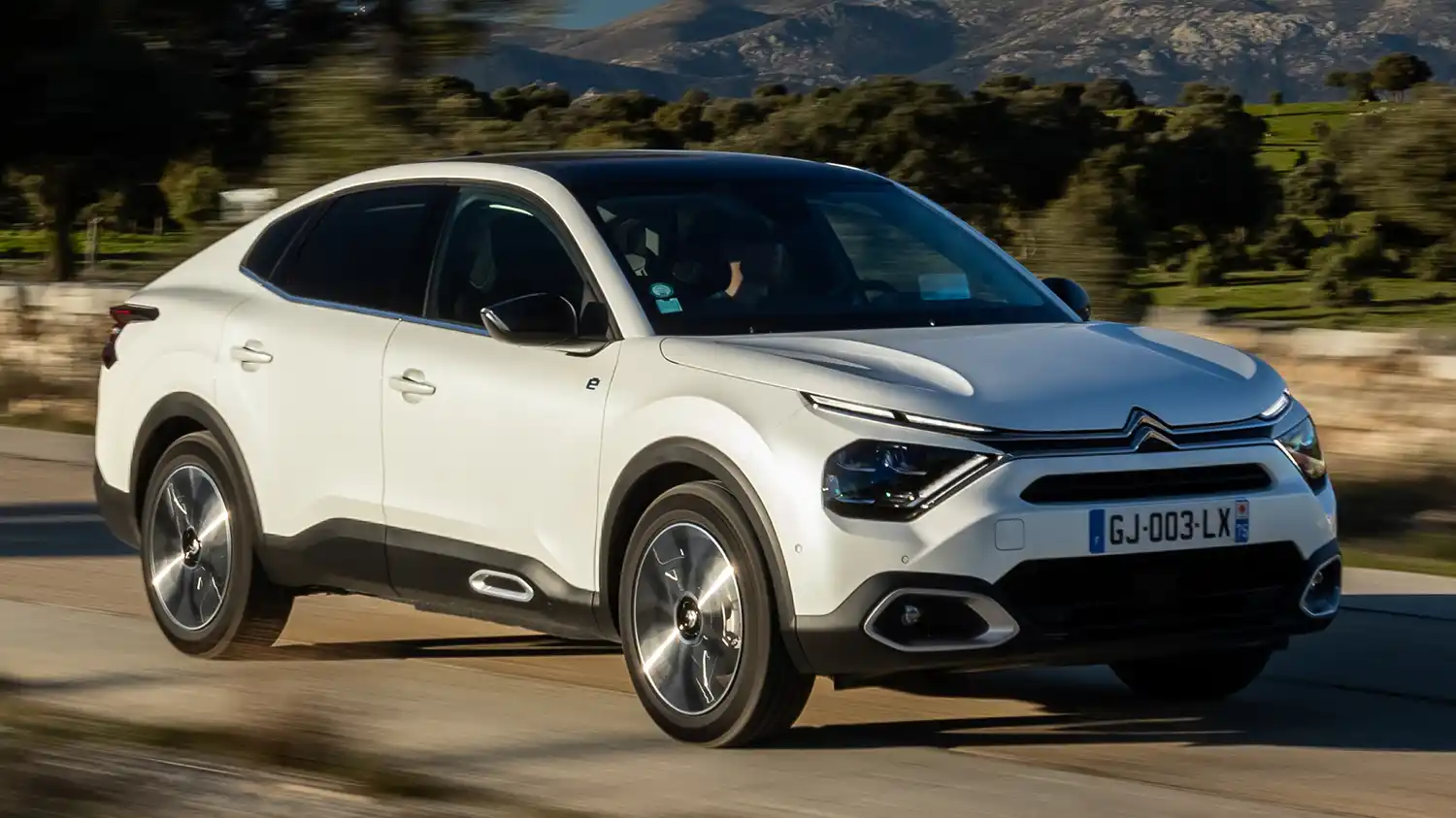
| Citroën ë-C4 X | Concurrent 1 | Concurrent 2 | Concurrent 3 | ||||||
| temps (mn) | dist. (Km) | temps (mn) | dist. (Km) | temps (mn) | dist. (Km) | temps (mn) | dist. (Km) | ||
| Phases de roulage | Roulage 1 (de 100% à 10% de SOC batterie) | 127 | 243 | 129 | 240 | 124 | 237 | 130 | 239 |
| Roulage 2 (de 80% à 10% de SOC batterie) | 98 | 185 | 102 | 187 | 99 | 180 | 99 | 186 | |
| Roulage 3 (de 80% à 10% de SOC batterie) | 92 | 173 | 96 | 176 | 91 | 173 | 100 | 185 | |
| Roulage 4 (de 80% à 10% de SOC batterie) | 90 | 169 | 90 | 166 | 89 | 169 | 91 | 172 | |
| Roulage 5 (de 80% à 10% de SOC batterie) | 89 | 167 | 89 | 165 | 88 | 167 | 94 | 180 | |
| Roulage 6 (de 80% à 1000 km) | 36 | 63 | 39 | 66 | 42 | 74 | 23 | 38 | |
| temps (mn) | temps (mn) | temps (mn) | temps (mn) | ||||||
| Phases de recharge | Recharge 1 (de 10% à 80%) | 48 | 40 | 35 | 32 | ||||
| Recharge 2 (de 10% à 80%) | 30 | 59 | 50 | 55 | |||||
| Recharge 3 (de 10% à 80%) | 47 | 42 | 35 | 31 | |||||
| Recharge 4 (de 10% à 80%) | 30 | 57 | 52 | 57 | |||||
| Recharge 5 (de 10% à 80%) | 48 | 41 | 36 | 31 | |||||
| % batterie à l’arrivée | 55% | 52% | 51% | 65% | |||||
| alternance borne de recharge 50 kW et 100 kW | |||||||||
| Synthèse | temps total de roulage | 8h52 | 9h05 | 8h53 | 8h58 | ||||
| temps total de charge | 3h05* | 3h59 | 3h28 | 3h26 | |||||
| temps total pour effectuer 1 000km | 11h57 | 13h04 | 12h11 | 12h24 | |||||
| * temps recalculé (modèle ayant été plus souvent sur borne 50kW) | |||||||||
ë-C4 and ë-C4X, the ideal synthesis for daily use and long journeys.
The measurements conducted by the experts from UTAC highlighted that ë-C4 X required shorter charging stops and presented lower energy consumption compared to other models. The combination of these two factors allowed it to cover the 1,000 km in 11 hours and 57 minutes, nearly 15 minutes better than the nearest competitor.
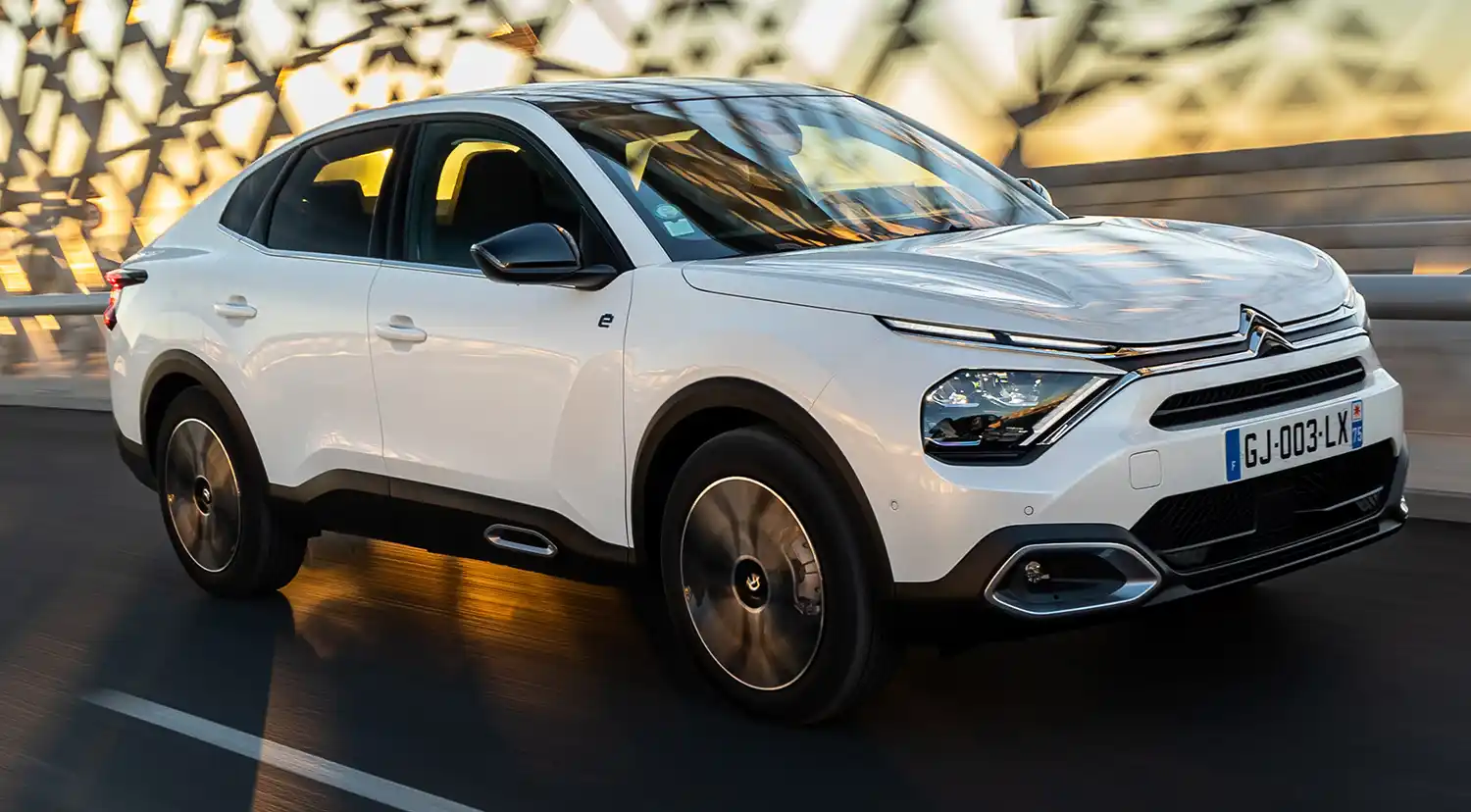
The characteristics explaining this result:
ë-C4 and ë-C4 X have a design that caters to both daily routines and long journeys. Beyond comfort for everyday short trips, ë-C4 possesses all the essential features to ensure customers can travel with peace of mind, even over long distances:
- Compact battery size and weight, leading to reasonable energy consumption.
- Optimized charging times due to the ability to charge at a fast 100 kW rate with an optimized charging curve.
- Improved electric consumption through a heat pump, integration of a hygrometric sensor, and optimization of the transmission system.
- Efficient electric motor.
- Aerodynamic work, including rear synthesis (spoiler), underbody fairing, low rolling resistance tires, and more.
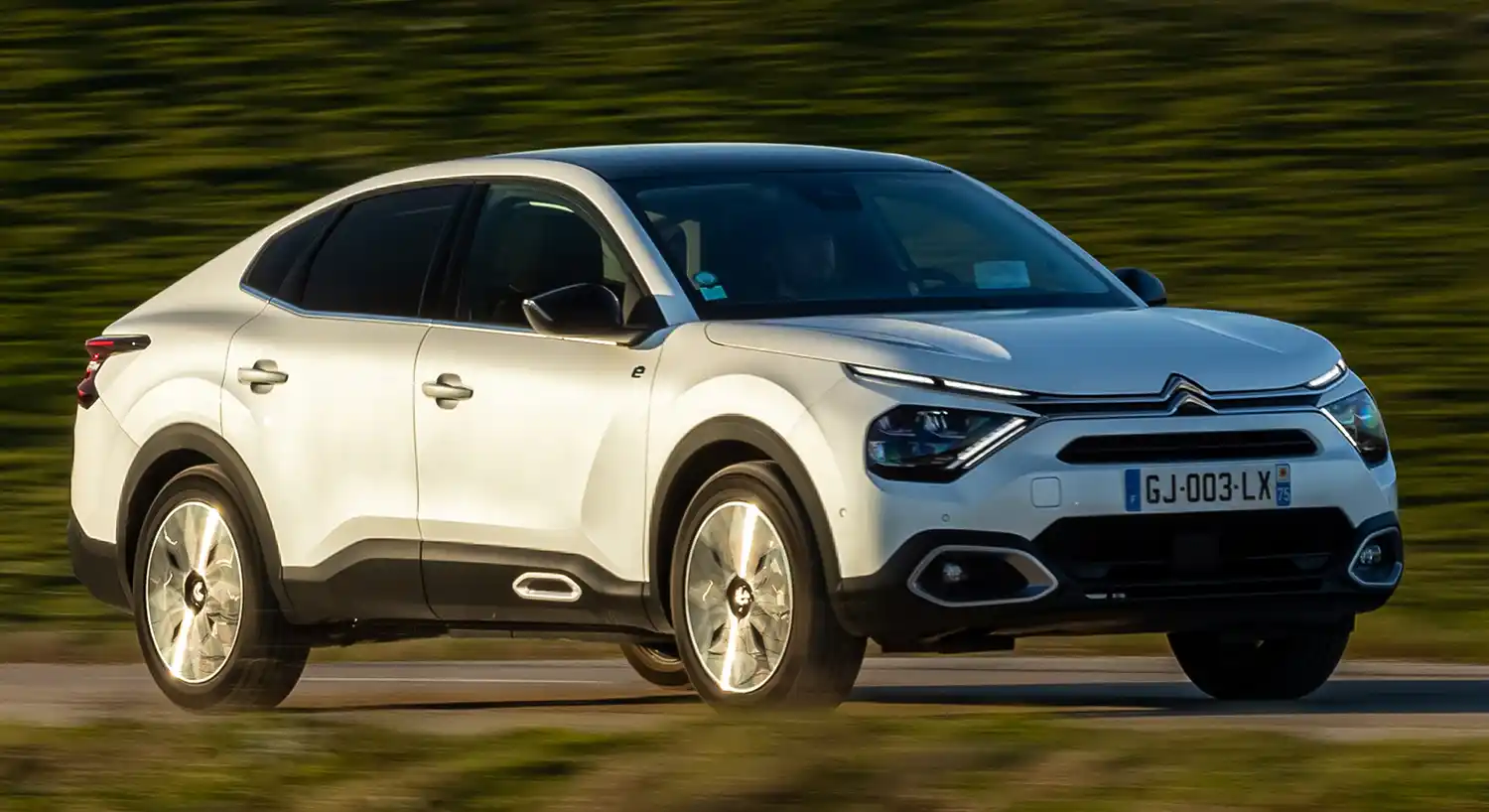
An offering tailored to different needs
To meet customer needs, ë-C4 and ë-C4 X are available with two battery sizes:
– ë-C4 136 hp with a 50 kWh lithium-ion battery and a range of up to 357 km (WLTP cycle).
– ë-C4 156 hp with a 54 kWh lithium-ion battery and a range of up to 420 km (WLTP cycle).
– ë-C4 X 136 hp with a 50 kWh lithium-ion battery and a range of up to 360 km (WLTP cycle).
– ë-C4 X 156 hp with a 54 kWh lithium-ion battery and a range of up to 420 km (WLTP cycle).
Fast and more frequent charging
Instead of constantly carrying a heavy and costly battery, it is more advantageous to have an optimized battery that charges quickly. Surprisingly, it is more effective to make regular and brief stops rather than cover long distances with much longer stops. This is explained by the charging curve, which decreases as the battery level increases. Charging is faster at the beginning than at the end of the recharge: it takes more time to charge the battery from 80% to 100% than from 0% to 80%. Users not only save charging time but also save money since the cost of charging at the station is calculated in minutes on most fast-charging networks in France. For a long journey, it is therefore more efficient to make several short charging stops to benefit from the highest charging power and reduce the charging cost.
e-ROUTES: Personal assistant for planning long journeys
To facilitate their journey and fully enjoy the comfort of electric driving on a long trip, the driver must approach their travel differently and plan their route to optimize rest and recharge times. Using a trip planner is essential to locate fast-charging stations in real-time along the route and manage the frequency of stops. e-ROUTES by Free2move Charge is a powerful trip planner available through a dedicated smartphone application. To guide the driver and optimize their journey, e-ROUTES retrieves real-time vehicle data and suggests the best routes based on the status of charging stations along the way and driving conditions.
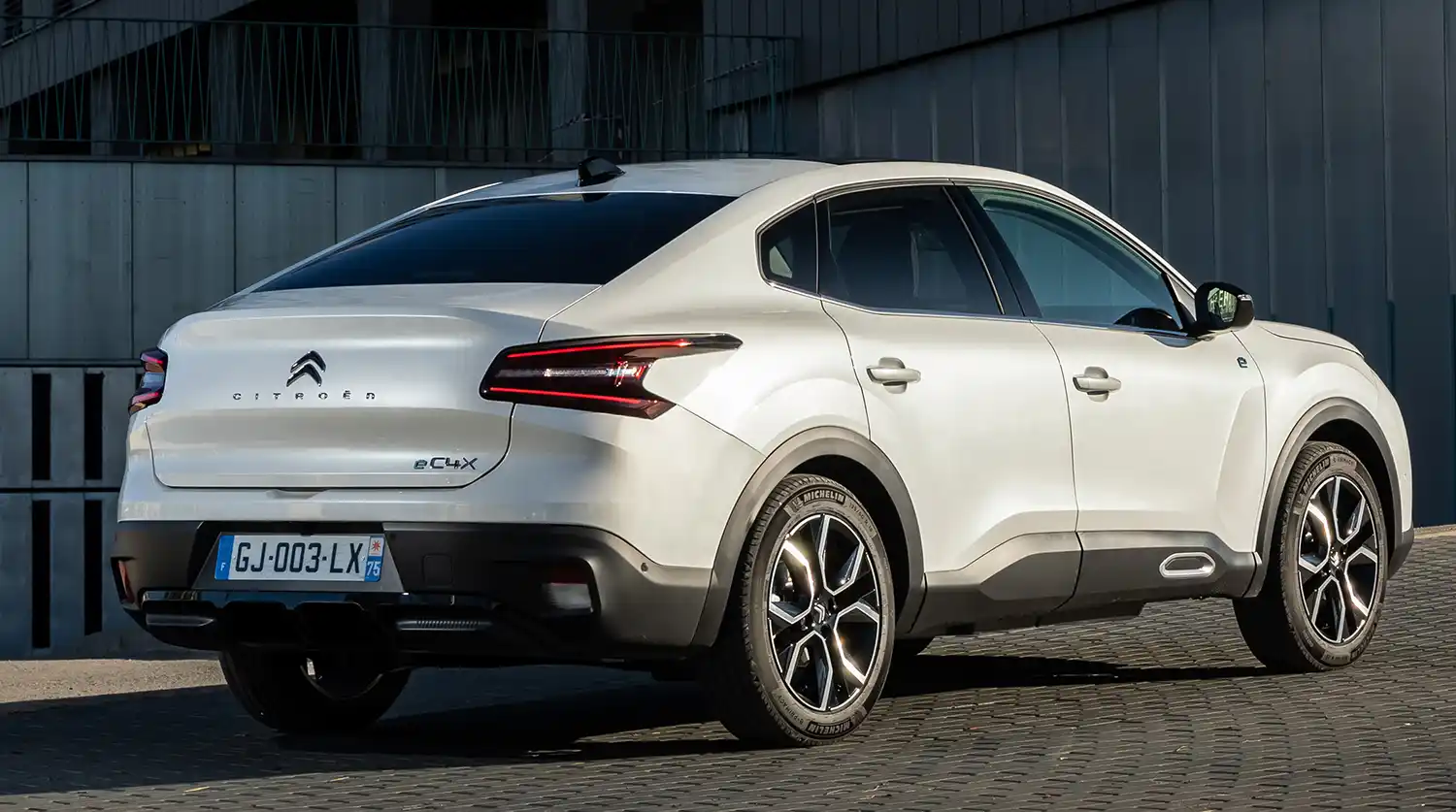
The best compromise for daily needs
ë-C4 and ë-C4 X offer an ideal solution for daily commuting. The user-friendly comfort attracts many customers for short trips to work, school, or leisure: silent driving, smooth without jerks, vibration-free, dynamic, and with zero CO2 emissions. For daily commutes, charging the battery on a standard socket or a Wall Box upon arriving at the office in the morning or in the evening when returning home provides a charging time and range that are entirely satisfactory for peace of mind. The range also allows for several days without having to charge the car.
